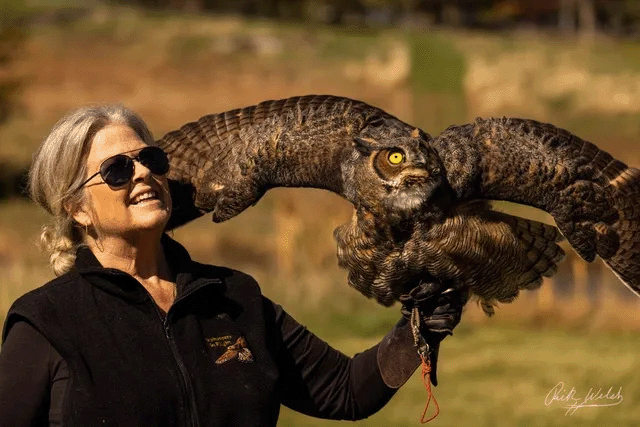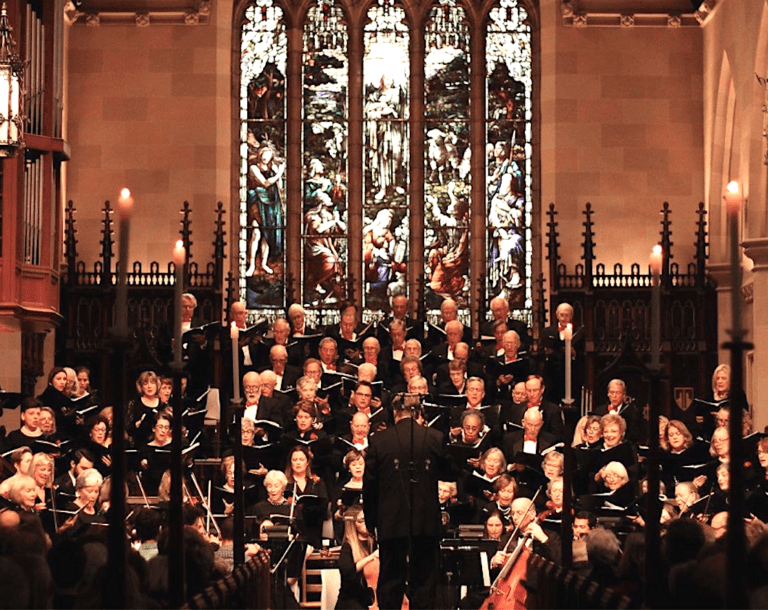
 By Elizabeth Barhydt
By Elizabeth Barhydt
If Tom Cruise were to do a sequel to the iconic movie, Top Gun, it had to be better than the original. It is.
When Gene Siskel (of Siskel & Ebert reviewer fame) reviewed the original Top Gun in 1986, he said, “This movie gives me a sense of what it is like to be in a plane traveling at these speeds doing the maneuvers that they do.”
Top Gun: Maverick delivers a significant upgrade.
“Originally, I wasn’t interested in doing a sequel,” Cruise told Total Film magazine, at least not until technology could “put the audience inside that F-18.”
In 1986, Top Gun producer Jerry Bruckheimer said they had a big challenge filming in actual jets. With the exception of Cruise, the actors were vomiting in the cockpits. “It was terrible,” Bruckheimer remembers. “They were all sick.” In order to complete the flight sequences, filming had to be moved to a sound stage.
Three decades later, Jerry Bruckheimer and director Joseph Kosinski flew to Paris to convince Cruise that they could finally put the audience inside that F-18.
Putting viewers inside started with six IMAX cameras built specifically for an F-18 cockpit. The technology was in place, but that still left the issue of whether or not the cast would be able to act while racing through the sky contending with real G-forces. A pilot himself, Cruise created a curriculum for the actors to build their G-force tolerance.
Lewis Pullman, who plays Robert “Bob” Floyd, said, “Tom had personally designed a training regimen that would basically condense two years of flight training into three months—and it was all done in a way that Tom had wished he’d had for himself on the original Top Gun.”
According to Bruckheimer, Cruise consistently urged the pilots and actors to do things they never thought possible. “We’ve got to make this look real,” Cruise said. “We’ve got to do this right, it’s got to be a love letter to aviation. We’ve got to be able to make people feel what it’s like to be in one of these planes.”
The result is what renowned reviewer Robert Ebert calls “miraculous and worthy of the biggest screen one can possibly find.” I agree.
We expect to get an adrenaline rush from a Tom Cruise film. The emotional power of this movie, however, was surprising. I expected the dogfight scenes to be intense, and they are. I expected the flight training scenes to have some drama as well, they do. I did not expect the movie to capture a complicated mixture of real-life nostalgia and character driven drama so incredibly well. This movie is both poignant and rewarding.
All of eighteen years old at the time, my peers and I watched the original Top Gun enough to wear out our VCRs and easily repeat almost every line. Most of us still can; “I feel the need, the need for speed.” We know the iconic soundtrack song Highway to the Danger Zone. We understand what it means to “never leave your wingman.” Our Iceman will always be Val Kilmer. We remember fondly Goodness, Gracious, Great Balls of Fire played at the piano by Goose with Maverick as backup. And the little boy sitting atop the piano as they sing, Goose’s son, now a grown pilot — call-sign, Rooster.
It is all there. Thirty-five years later, Top Gun: Maverick gives the audience the right amount of references, memories, and emotional connections to pull us back in time right along with Maverick.
Top Gun: Maverick was made with an incredible dedication to the craft of movie-making, and to the audience. The amount of time, effort, and determination it took to create this movie makes seeing it in a theater, surrounded by people who love movies, more than worth it.
Top Gun: Maverick is a thrill ride that packs an unexpected emotional punch. Go see it on the biggest screen you can find.




